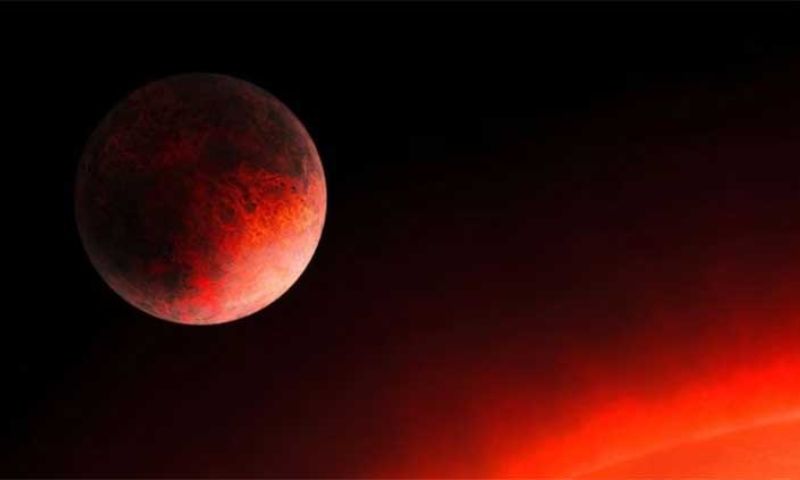WASHINGTON: Astronomers have so far identified more than 5,300 exoplanets outside the solar system, and a new telescope is taking shape to observe them in greater detail.
NASA’s Nancy Grace Roman Space Telescope, slated for launch by 2027, has achieved a significant milestone with its Coronagraph Instrument has passed critical tests.
This instrument is set to revolutionize exoplanet observation by employing pioneering technologies that could substantially expand the pool of directly observable exoplanets. Crafted at NASA’s Jet Propulsion Laboratory in Southern California, the Coronagraph Instrument has successfully completed a series of rigorous tests to ensure seamless integration of its electrical components with the rest of the observatory.
Feng Zhao, deputy project manager for the Roman Coronagraph at JPL, expressed relief and pride as the instrument excelled in the electrical components tests. But what exactly is a coronagraph? It operates by suppressing the overwhelming glare from stars, allowing scientists to discern the much fainter light emitted by nearby planets.
This technology holds immense significance in the quest for extraterrestrial life, enabling astronomers to scrutinize planetary light for clues about their atmospheres and potential habitability. Existing telescopes and coronagraphs struggle to distinguish Earth-like planets amidst the brilliance of their host stars.
The Roman Coronagraph aims to overcome this hurdle by incorporating innovations that will facilitate the observation of Jupiter-sized planets and, eventually, more Earth-like counterparts in future missions. Serving as a technology demonstrator, the Roman Coronagraph will evaluate advanced light-blocking techniques that far surpass current capabilities, with the aim of enhancing performance to observe challenging targets and uncover new scientific insights.
The recent tests were crucial in verifying that the instrument’s camera, which detects individual photons, remains unaffected by electromagnetic interference from other spacecraft components. The fully assembled instrument underwent testing in an electromagnetically isolated chamber at JPL, subject to full power operation and meticulous measurement of electromagnetic output, with disturbances introduced to simulate conditions aboard the Roman Space Telescope. While the advancements of the Coronagraph are remarkable, they are just one facet of the broader mission of the Roman Space Telescope.


























